Incidental findings
A survey asks clinical geneticists what type of incidental findings should be returned to people who have their genomes sequenced.
Rare or common, inherited or spontaneous, mutations form the core of autism risk.
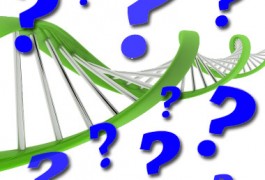
A survey asks clinical geneticists what type of incidental findings should be returned to people who have their genomes sequenced.
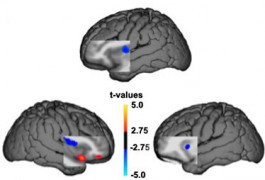
A detailed brain imaging study of people with Williams syndrome, a developmental disorder characterized by a highly sociable personality, has found a series of structural, functional and connectivity deficits that converge on a part of the brain called the insula. The findings were published online 12 March in Proceedings of the National Academy of Sciences.
Mutations in more than 100 autism-associated genes lead to shared neurobiological deficits in mice, including alterations in the shape of their brains and changes to the electrical properties of neurons, according to a study published 20 February in Molecular Autism.
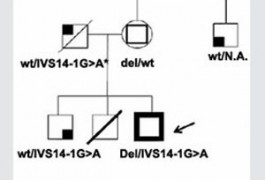
Two mutations in an autism-associated gene, neurexin-1, may have combined to cause autism in one man, whereas family members with only one of the two mutations have other neurological disorders, according to a study published 15 February in the American Journal of Medical Genetics Part B.
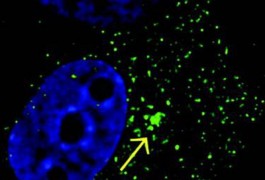
DISC1, an autism-associated protein, can form large aggregates that deplete the amount of functional DISC1 in cells, according to a study published 14 February in Human Molecular Genetics.
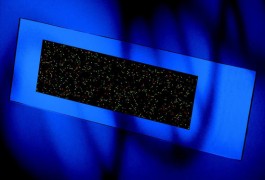
Prenatal genetic tests that can detect copy number variations, including those linked to autism, could raise tough questions for doctors and parents.

A certain type of bacteria is prevalent in the intestines of children who have both autism and gastrointestinal (GI) symptoms but absent in controls, according to a study published 10 January in mBio.
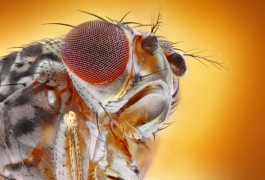
Researchers have generated and sequenced almost 200 different strains of fruit flies, a widely used model organism, according to a study published 8 February in Nature. The resource they created, called the Drosophila Genetic Reference Panel, will enable researchers to link genetic variants with aspects of fly biology and behavior.

Children with autism activate more brain regions than controls do when listening to tonal inflections in speech that convey meaning. The findings were published 19 December in Child Neuropsychology.
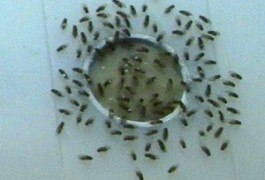
The characteristics, interactions and roles of autism-associated genes in the fruit flies’ brain will help guide how we think about the same genes in humans, says Ralph Greenspan.